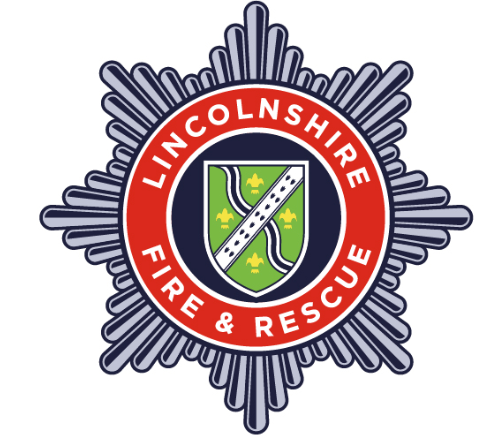Top Risks to Lincolnshire
Top risks to our county
Discover the most significant risks that could occur in Lincolnshire. This collective information is referred to as the Community Risk Register (CRR). The information sets out what Lincolnshire responders and other partners are doing about the risks. It also outlines what the consequences of these risks are likely to be along with advice on what actions can be taken by the public to prepare for and respond to these risks.
The UK Government produces an assessment of the risks facing the UK that could cause a civil emergency. Locally, responders identify, assess and prioritise the civil emergency scenarios.
The list below is the assessment for Lincolnshire of the key risks that have the potential to cause a significant disruption to the county.
Coastal flooding is caused by high tides, low pressure weather systems, and surge conditions caused by strong winds blowing large waves towards the shore.
River flooding is when waterways overflow. Surface water flooding is when there is excess rainfall that overwhelms the drainage system.
Emerging infectious diseases could cause large numbers of people to fall ill. These are diseases which have recently increased over the last 20 years.
Cyber criminals exploit weaknesses in online systems, usually for financial gain. They use technology to commit crimes, such as hacking to steal data.
Everyone needs to be vigilant to any risks of terrorism. Current terrorist risks mainly come from extreme Islamist terrorists or extreme right-wing terrorists.
In an incident involving loss of either, gas and electricity companies will be responsible for managing the practical sides of a response. They have plans and procedures in place to respond.
Pandemics have been caused by both viruses and bacteria.
Extreme cold weather conditions include low (sub-zero) temperatures and heavy snow for prolonged periods.
The threshold for a heatwave varies by UK county from 25 to 28 degrees.
Prepare
We ensure that families, communities and businesses are better prepared for large-scale, major emergencies that could occur in Lincolnshire.
Our partners share responsibility to continually develop Lincolnshire’s resilience in the face of large-scale emergency situations, with guidance and support from lead government departments and agencies, local authorities, emergency services, health, utilities providers and communication providers, and transport companies.
Respond
In the event of an emergency, you should stay informed with advice and guidance during the incident.
- Tune into media announcements via radio, television and social media
- Visit the website's live incident feed
You should also standby for advice from the emergency services and follow all instructions given.

Recover
All risks to the county require preparation to ensure that there is a robust infrastructure of response and recovery in place to deal rapidly, effectively and flexibly with the consequences of all kinds of civil emergencies, including both risks and hazards.
What is being done to become
better prepared?
Lincolnshire Resilience Forum aims to inform families, communities and businesses on how they can prepare themselves for large-scale, major emergencies in Lincolnshire.
The close collaboration of LRF partners is not limited to responding to emergencies, and dealing with the aftermath, it also includes a continuous programme of behind the scenes activity in planning, preparation and development of response strategies for potential emergency risks in the county.
Storymaps
Storymaps are a visually interactive way for you to find out more information about some of the top risks to Lincolnshire and what you can do in the event of one of these risks. The information is reader-friendly and interactive making it easy to navigate
Guidance on electric scooters and bikes
This guidance covers the use of e-scooters and bikes.
Guidance for Cycle Sportive Events
This guidance has been written by Lincolnshire County Council Highways and Lincolnshire Police with the aim of assisting in the organisation and running of safe, legal, and successful non-competitive cycling events within the county
Guidance for Lincolnshire Tractor Run Organisers
This guidance document outlines the process organisers need to follow to register a tractor run on the highway and provides advice to organisers to ensure that these events can be carried out safely and legally.
This policy covers both the unauthorised use of drones and model aircraft over event sites and also the authorised use of drones and model aircraft whether by persons given permission by event organisers or by third parties who have requested to film the event.
Fire Risk Assessment Templates
In addition to a Risk Assessment a separate Fire Risk Assessment needs preparing for your event.
Lincolnshire Fire and Rescue Firework Information
Follow the attached guidelines if you intend on having fireworks at your event
Are you signed up to receive flood warnings? If not call the Environment Agency Floodline on 0345 988 1188 to see if your area receives free flood warnings.
Discover how you can be better prepared to deal with flooding, with suggested protection methods from the Lincolnshire Resilience Forum.
Some of our partners

















